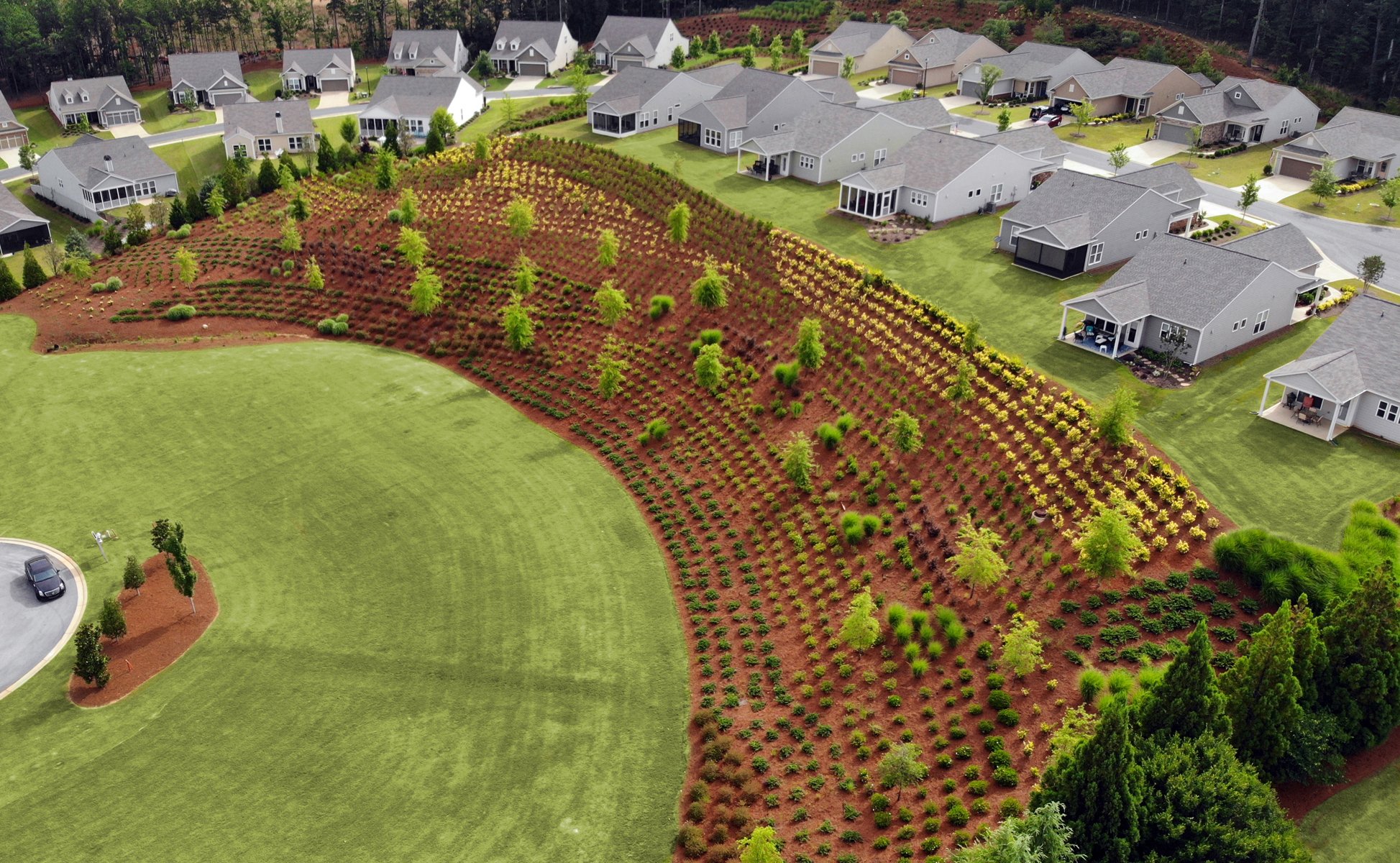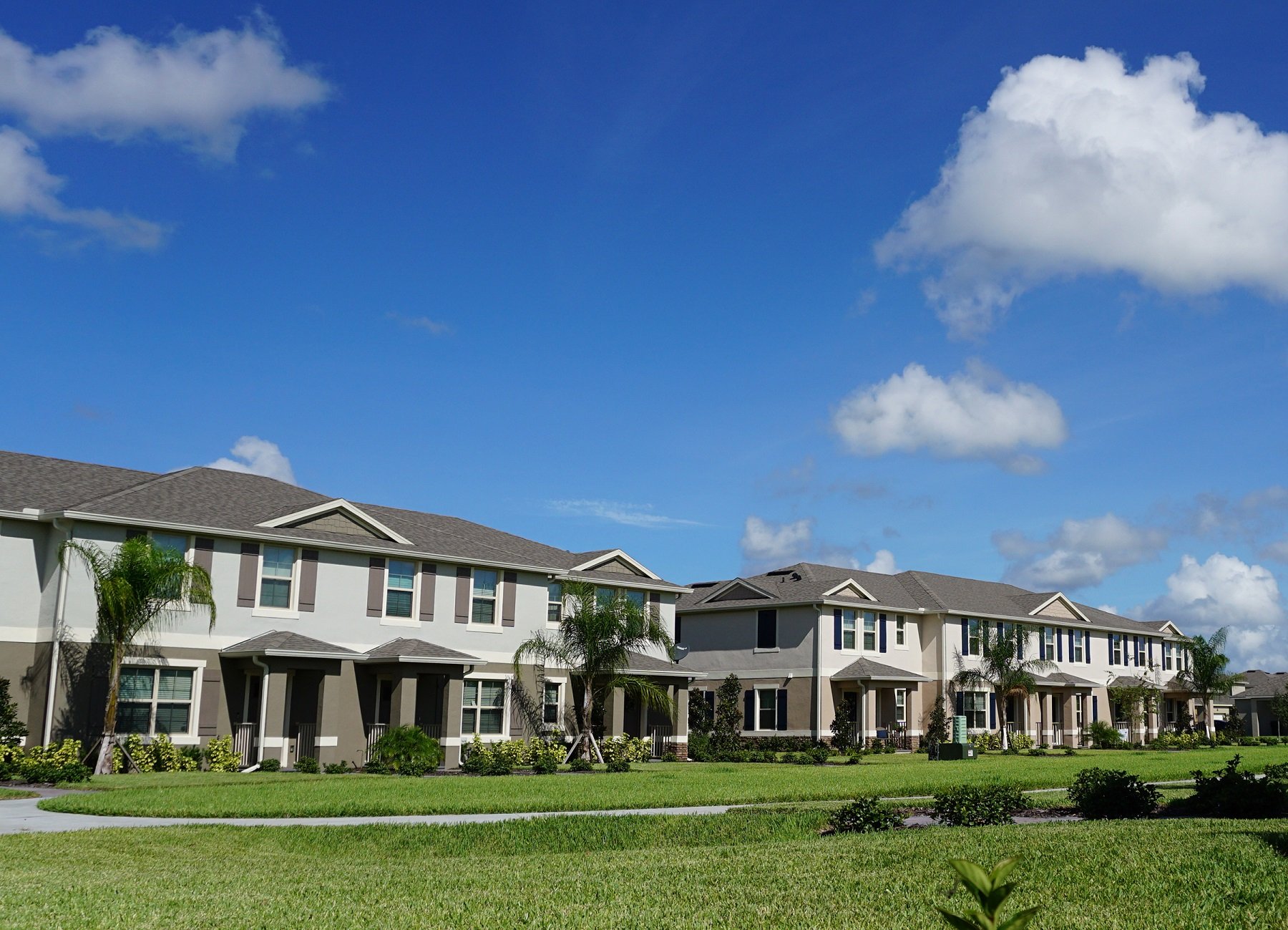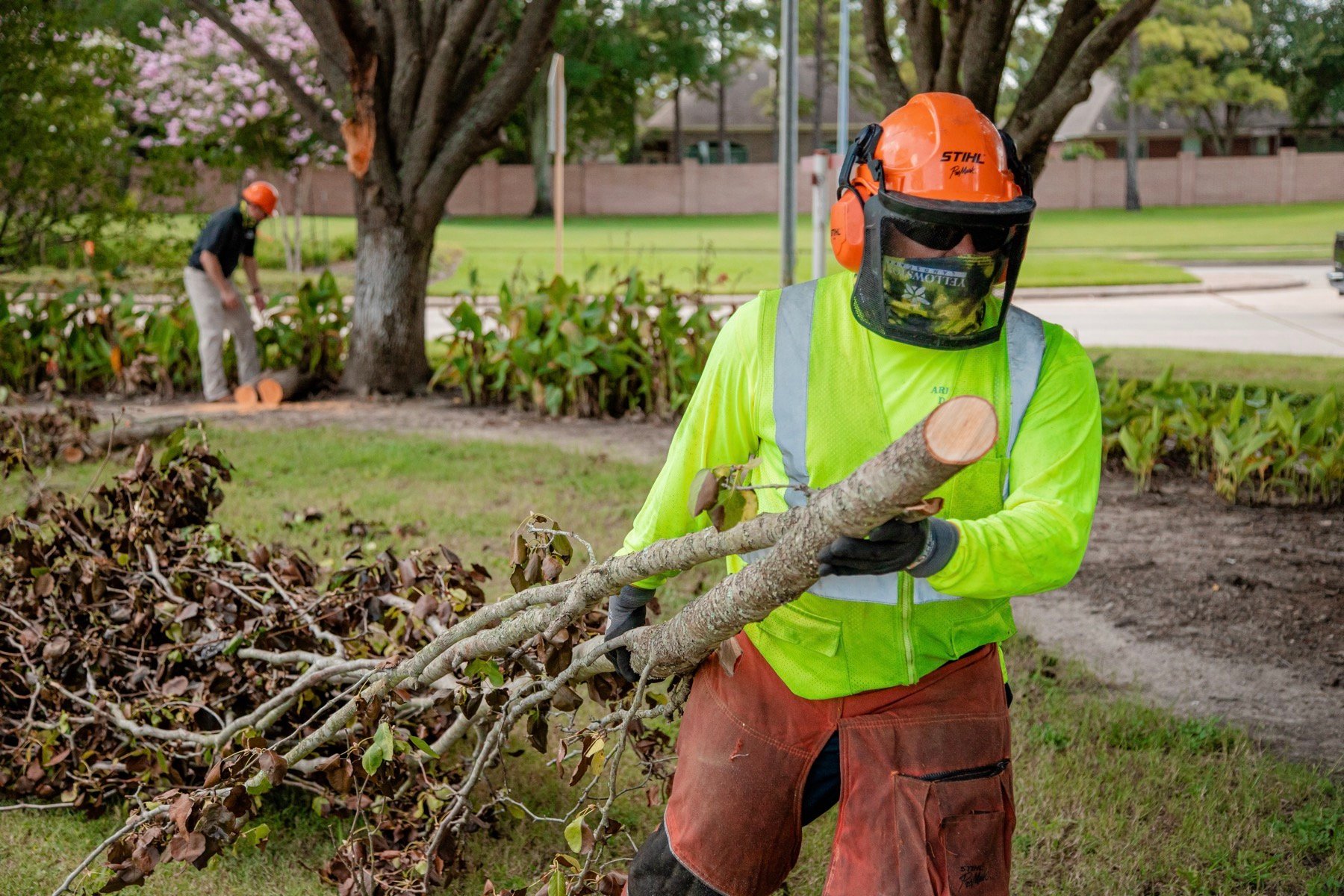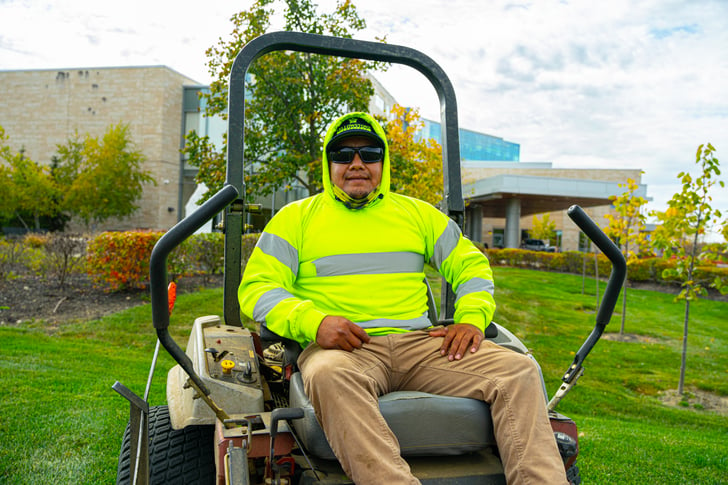If you’re an HOA board member or a property manager for an HOA, you likely get a lot of questions about the HOA landscaping policies. Residents want to understand what they can and can’t do.
The fact is, rules can vary widely from HOA to HOA and this can be confusing for homeowners. If they’ve looked into sample HOA landscaping or garden policies, they might already have some sense of what they think they’re allowed (or not allowed) to do, but they need to understand that every HOA is different. Rules and regulations are in place for a reason—mostly to keep a community looking its best and keeping the property in a mostly uniform look, from home to home.
Of course, this also means that an HOA might not be the right fit for everyone. Some people have a really hard time understanding why their HOA landscaping policies are written the way that they are. If there are certain things they want to do, but those things are restricted by the community’s guidelines, then they may be better-suited living somewhere else.
Overall, we find that most homeowners understand the importance of these landscaping policies. In fact, we often find that residents can be just as adamant about defending them, as those who would like to bend the rules. However restrictive or open your community’s rules are, it’s incredibly important that all policies are clearly defined and communicated to residents. 
At Yellowstone Landscape, we work with a wide variety of different HOA communities, so we’ve seen these policies in action across the country. We think we have a good grasp on which ones make the most sense and strongly benefit the community as a whole, and which ones don’t really do anything to improve the beauty or value of the community.
Let’s look at some of the most common examples of HOA landscaping policies and why they’re in place.
1. Require an Approved Plant Palette
It’s quite common for HOA gardening policies to include an approved plant palette. This list would spell out the plants that a resident is allowed to have installed (whether they’re doing it themselves or hiring a landscape professional).
This is important to help keep things looking consistent. There’s no question that an HOA community as a whole looks better if the landscapes are somewhat similar—at least complementing one another as opposed to clashing or varying widely from home to home.
But this policy is also important to avoid invasive species or plants that can be problematic. A plant such as bamboo, for instance, can rapidly take over not only the area where it was planted but also spread into other yards.
This can bring landscape property values down.
Most homeowners understand this type of rule and are happy to comply. After all, it’s a lot like other common HOA regulations like pre-approved lists of exterior paint colors or roof shingle colors. It’s really an extension of those policies to include the plants residents place in their yard. And sometimes using these more familiar examples can help homeowners to understand your garden and landscape policies more quickly.
2. Put Limitations on Lawn Furniture or Lawn Sculptures
Most HOAs already put limitations on lawn furniture or lawn sculptures. These might fall under “unapproved decorations.”
This again comes back to the aesthetic appeal of the community as a whole. While some simple garden sculptures might be permitted in landscaping beds, most HOAs are not going to approve a large sculpture in a front yard.
In the same vein, there should be standards and limits on what type of lawn furniture is allowed, particularly in the front yard and other highly visible areas of the neighborhood.
As we’ve said, this is almost entirely about aesthetics. However, certain lawn decorations such as birdbaths or small fountains (particularly when not running) can also become mosquito attractors, which can impact the community as a health risk. For this reason, personal water features should be regulated.
3. Limit or Restrict Personal Gardens
We’ve seen some variance on this one, but oftentimes, there are HOA gardening policies in place that limit or prevent individual homeowners from having their own garden. They might be allowed to grow a few herbs in a plant bed or maybe have a few tomato plants, but there are generally restrictions against having a large backyard garden.
One reason for this may again come back to aesthetics. Gardens, though wonderful in their ability to bear produce, aren’t always super attractive—unless impeccably maintained. And even then, you have an off-season where you’ll have a whole plot of land with nothing growing, which can be an eyesore.
It’s also one of those backyard features that can have questionable resale value. A garden is a highly specific feature. While some home buyers would love the idea of having a garden that is ready-to-go, for others it would be a turnoff.
There’s also the consideration that gardens can attract wildlife. If you live in an area that is prone to deer invasions, backyard gardens are going to make the problem worse. Because once they’re done feeding on the garden, they may move on to other landscaped plants in the community, or become a safety issue or nuisance.
One trend that we are seeing is a rise in community gardens. With some homeowners wanting the ability to grow fruits or vegetables, some HOAs are now designating specific areas where people can come and have their own plot of land to grow what they wish. Often this includes irrigated, raised planting beds, that can be looked over and cared for by landscape professionals.
This often works out better than having individual gardens “here and there” throughout the community.
4. Implement Rules on Removing Trees
We often see HOA gardening policies in place regarding trees, as well. A homeowner might decide that they want to remove a tree but they’ll likely need HOA board approval before they can do so. 
This can be an important rule so that homeowners aren’t removing valuable trees without a valid reason. Trees add value to the community, so removing them on a whim isn’t in the best interest of the other residents. But if there is a legitimate reason to have a tree removed (maybe it’s grown too large, blocks a window or it’s diseased or dying) then having it removed might make the most sense.
5. Insist that Hardscaping or Fencing Requires Approval
Hardscaping or fencing can be wonderful additions to a resident’s property. But they can also be major eyesores if not well designed or installed properly. That’s why it’s helpful to make it a policy that residents must have these plans approved ahead of time.
If it’s an extensive patio or hardscaping project, you might also require that they submit a design for approval. Like other projects, many HOAs have a list of approved colors or materials for these types of projects.
Communicating HOA Landscaping Policies Clearly with Residents
When it comes to HOA landscaping and gardening policies, it’s incredibly important that you are clear and communicate with residents. Make sure that your HOA guidelines are written out and encourage your residents to read them.
Obviously, there are going to be people who just don’t take the time to read them or choose to ignore them altogether. But you need a set of rules that you can point back to when questions arise.
They should cover some of the most common questions that you’re likely to get from residents such as:
- Can I have a garden sculpture?
- Can I plant my own flowers?
- Can I have a garden?
- Are we allowed to have a patio installed?
- Could we install a fence?
Explain the rules and regulations and provide some explanation. Also, be sure to include any specifications. For instance, if residents are allowed to have a garden sculpture but it has to be no larger than a certain size, include that information in your handbook.
Be as transparent as possible.
Make sure that all new residents receive a copy of the guidelines before moving in. It always helps to get ahead of common questions and prevent problems down the road.
Communicating Landscaping Company Responsibility vs. Resident Responsibility
In communicating with residents, it’s also important to communicate “who is responsible for what.” This is something that we come across quite often when working with HOAs and we’ve written an entire article on the topic.
However, it’s worth repeating a few of the key points, here.
We often find that many HOA residents are confused about their responsibilities. They might have planted some of their own flowers but then expect the commercial landscaping company to maintain them. But maybe the landscape contract only includes maintaining common areas.
In general, it always helps to communicate clearly and in as many ways as possible. Even if your HOA handbook covers all of these topics, we know that we can’t always expect residents to take the time to read all of the information they’re given.
That’s why we’re always happy to participate at HOA board meetings and be part of landscaping committees that might have been formed for your community. We also love communicating via your social media channels or your newsletter. We want residents to be aware of what’s going on in the landscape of their community, including in areas they might be responsible for themselves.
Choose an HOA Landscaping Company to Be Your Partner
No matter what your specific HOA landscaping policies are, there’s a reason you have them in place. You want to make sure that residents understand that they play a role in protecting the value of their home and should make decisions that benefit the community as a whole. You’d also like a landscaping partner who understands those rules and can even enhance them with other ideas that make sense for the betterment of the entire association.
We find that things work best when the landscaping company and the HOA community are in regular communication with one another as well as the residents.
Everyone has to be on the same page. And transparency is key!
At Yellowstone Landscape, we take the relationships that we develop with HOAs very seriously and we’re there to support them in their efforts of creating a beautiful and enjoyable place to live.
By developing strong partnerships with the communities we serve, we’re also able to shoulder some of the burdens that property managers and board members often face from the community. By taking on roles on committees or participating in board meetings, we help to play a role in educating residents and ensuring that everyone is happy. That boils down to fewer hassles and headaches on your end and an overall more content community!
Are you ready to work with a commercial landscaping company that takes communication seriously? Request a consultation today. We’ll meet to learn more about your property and its challenges and come up with a comprehensive plan to take care of all of the details for you.




